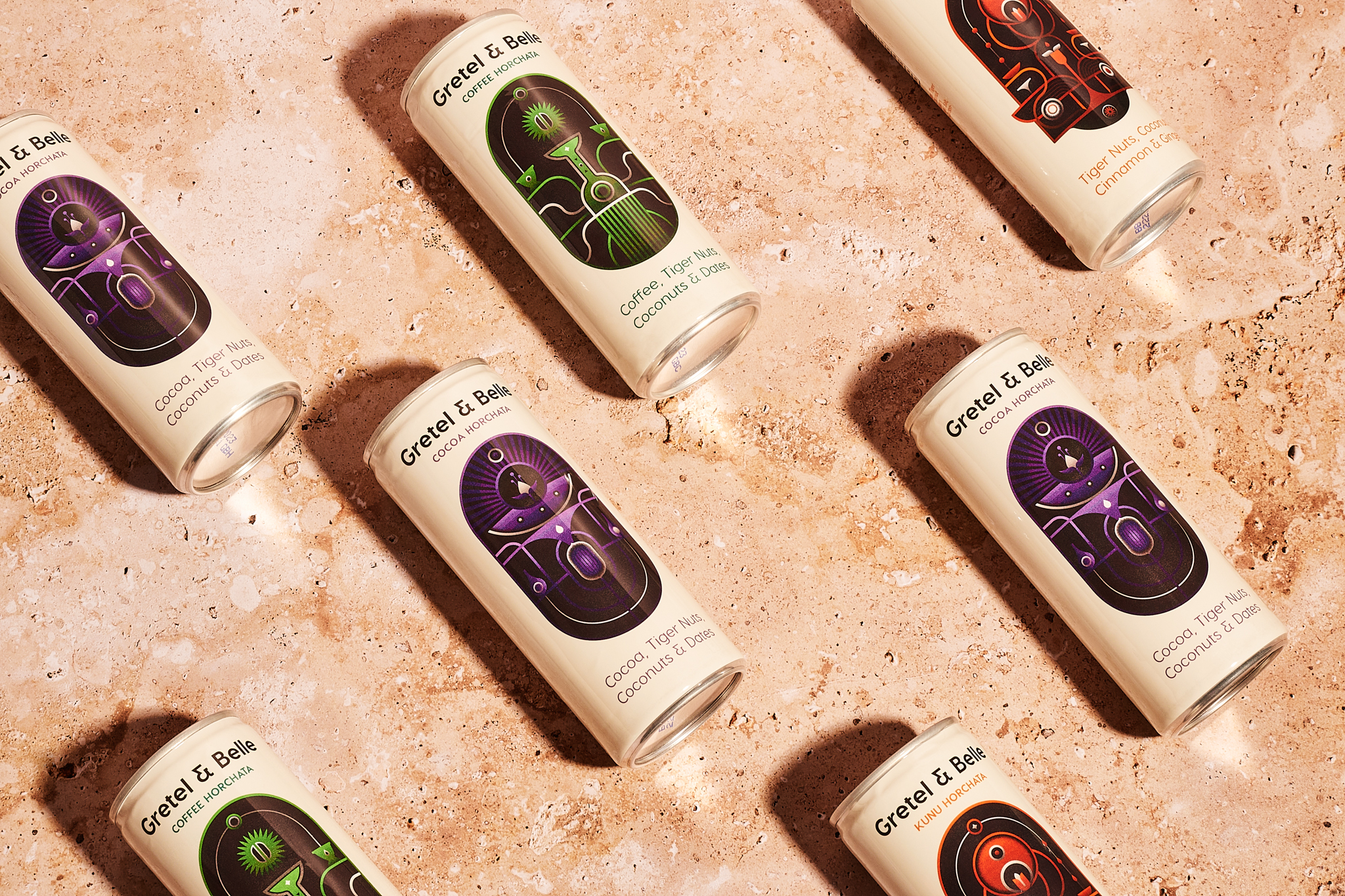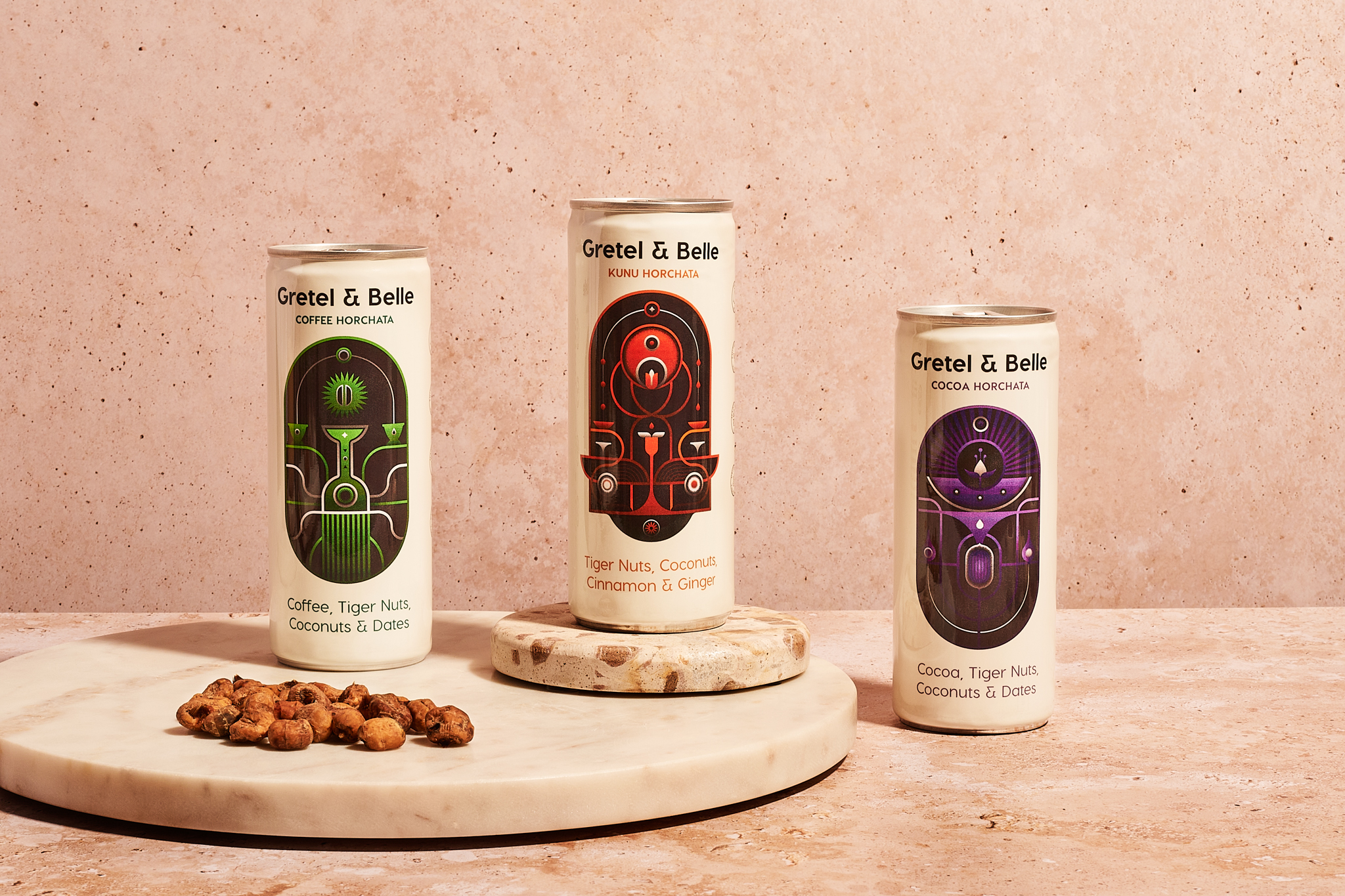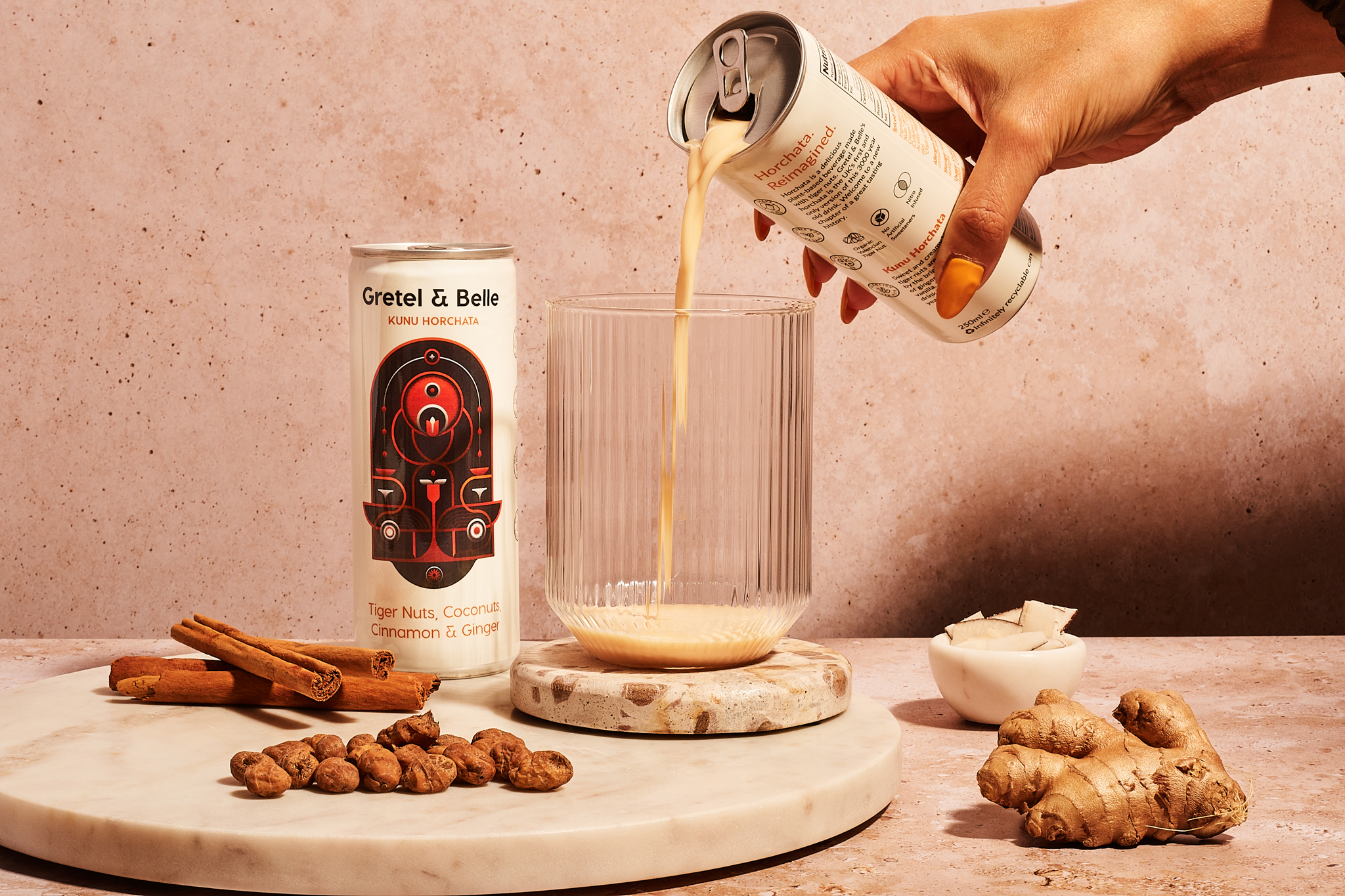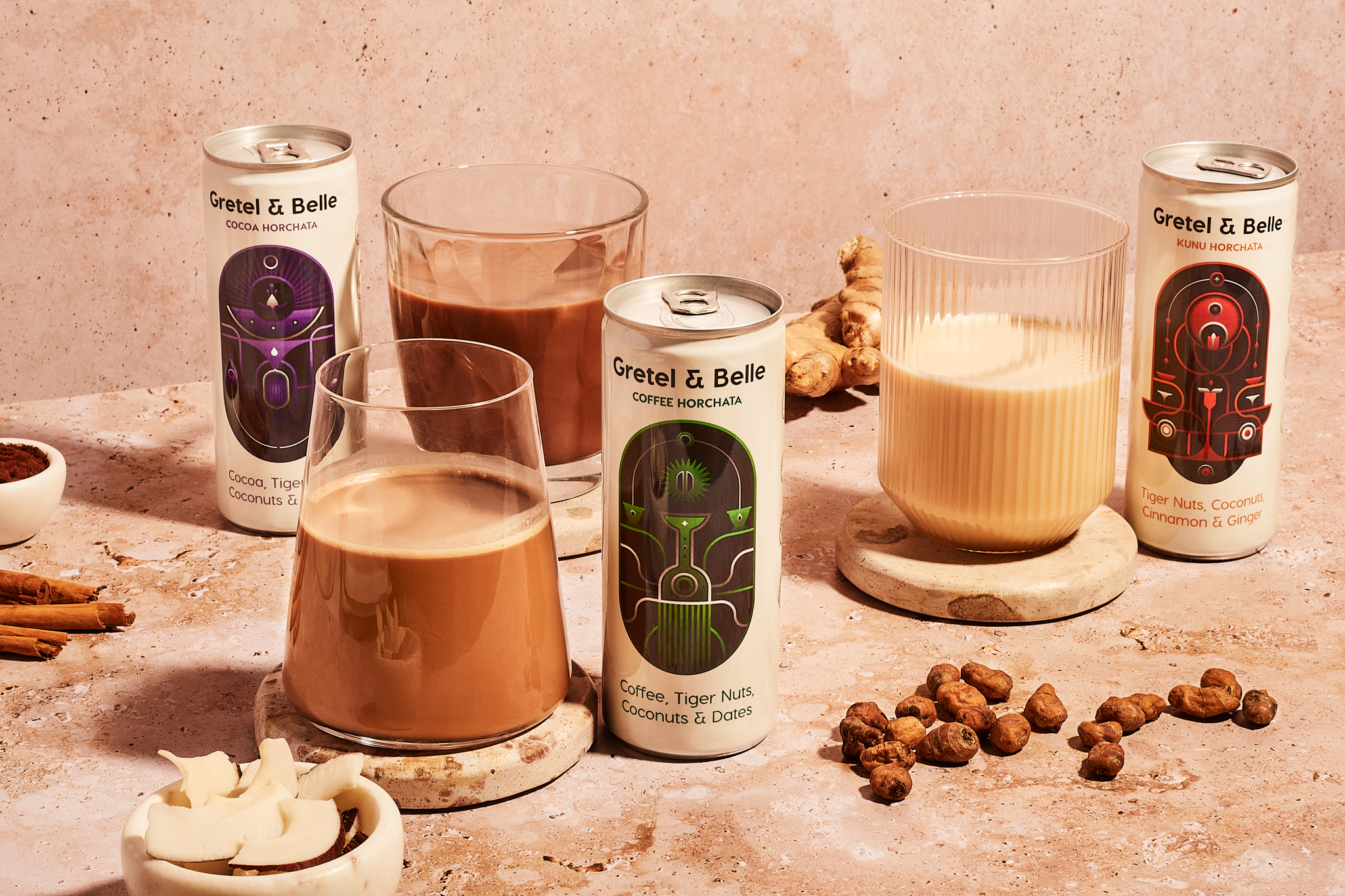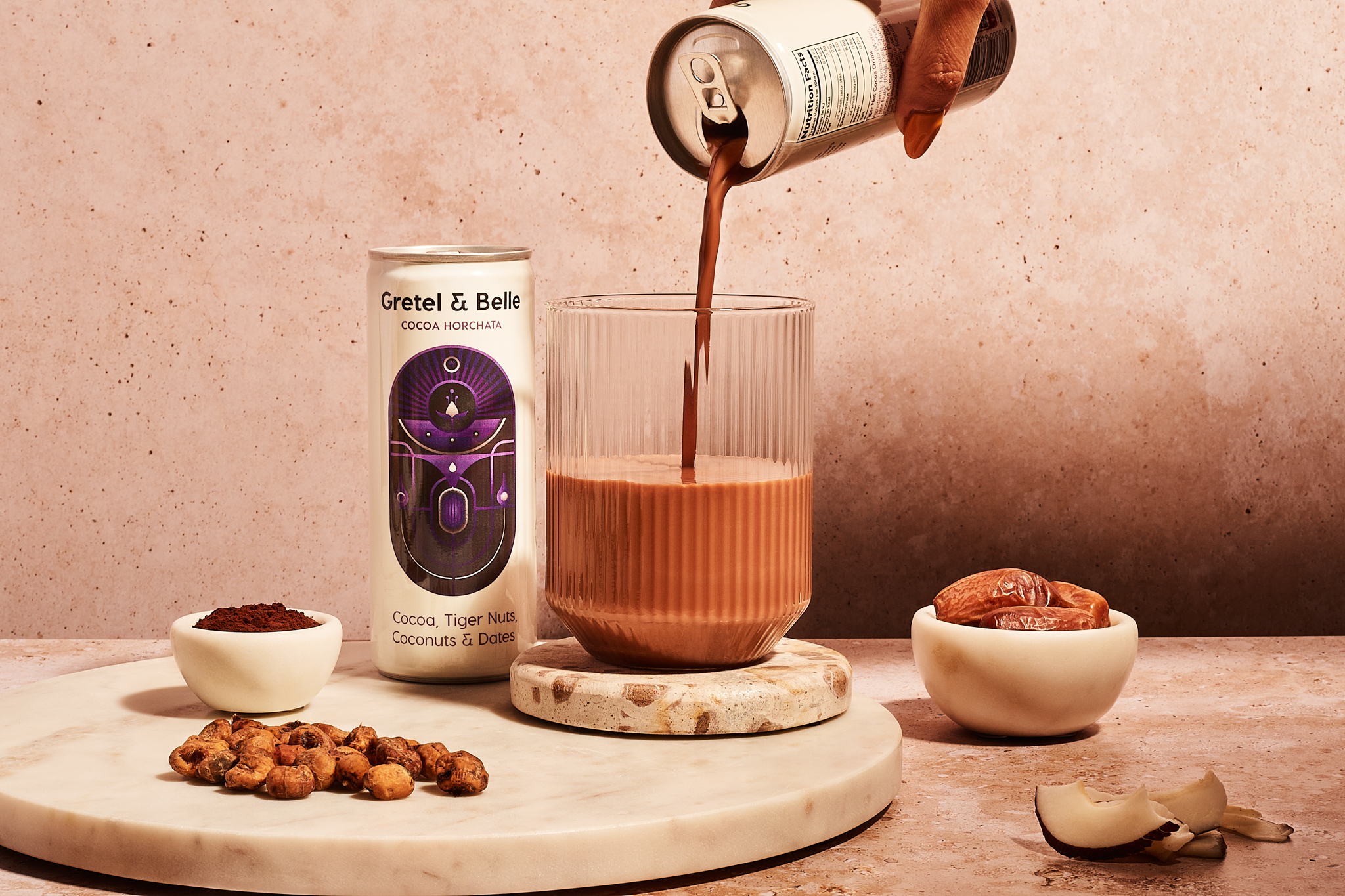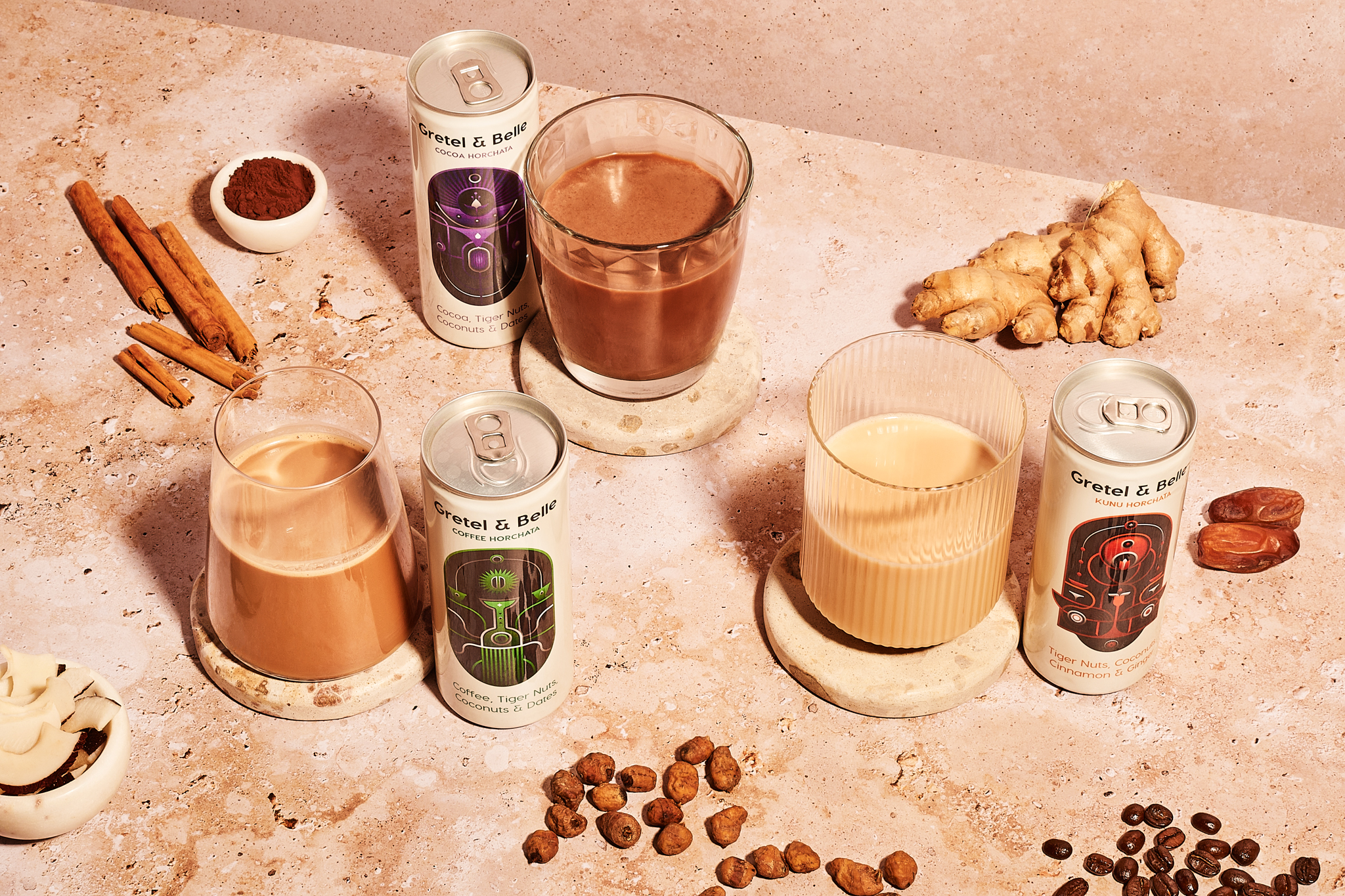Client
Gretel & Belle
Services
Illustration
Horchata. Reimagined.
Horchata is an ancestral drink originating in North Africa (11th century), which spread to different cultures around the world, becoming indispensable in Spanish, Mexican, and West African cuisines in particular. Plant-based by essence, it can be produced from Tiger Nuts (Spain and West Africa), Jicaro, Melon, or White Rice (Mexico) to form the base of the drink, where seasonings and spices such as ginger, cinnamon, coffee, cocoa, sesame, among thousands of other possibilities are added to create new flavors. Its many versions tell a culinary story of the ingenuity and resourcefulness of those who came before us.
To pay homage to such a rich, complex, and ancient culture, Gretel & Belle launched the UK's first horchata collection, each showcasing different African cultures such as Kunu Horchata (Nigeria), Cocoa Horchata (Ivory Coast) and Coffee Horchata (Ethiopia). Their drinks are made with the finest organic Valencian tiger nuts, cultivated by farmers who preserve traditional techniques for generations, and whose process is lengthier and more labor-intensive than that of conventional tiger nuts. The result is a drink that helps take care of the environment and preserve biodiversity.
The packaging line has a minimalist approach, where each version of the horchata has a specific accent color, in addition to black and cream, and where abstract geometric compositions were designed as symbolic talismans with subtle references to the cultures honored in the collection.
The Nigerian Horchata Alchemy
In this proposal, I sought a balance between the abstract and the figurative, where the structural geometric shapes have a light and feminine tone, evoking the concepts of fluidity and circularity present in the brand and that, combined with the figurative elements, weave a narrative of the alchemy of the horchata. By valuing the beverage production process, we are honoring its cultural and gastronomic legacy, its wealth of ingredients and raw materials, and, above all, the knowledge accumulated over countless generations.
In the center is the Yellow Trumpet flower (Costus spectabilis), one of Nigeria's national symbols, which, according to the Nigerian Government, represents the country's beauty, uniqueness, and prosperity.
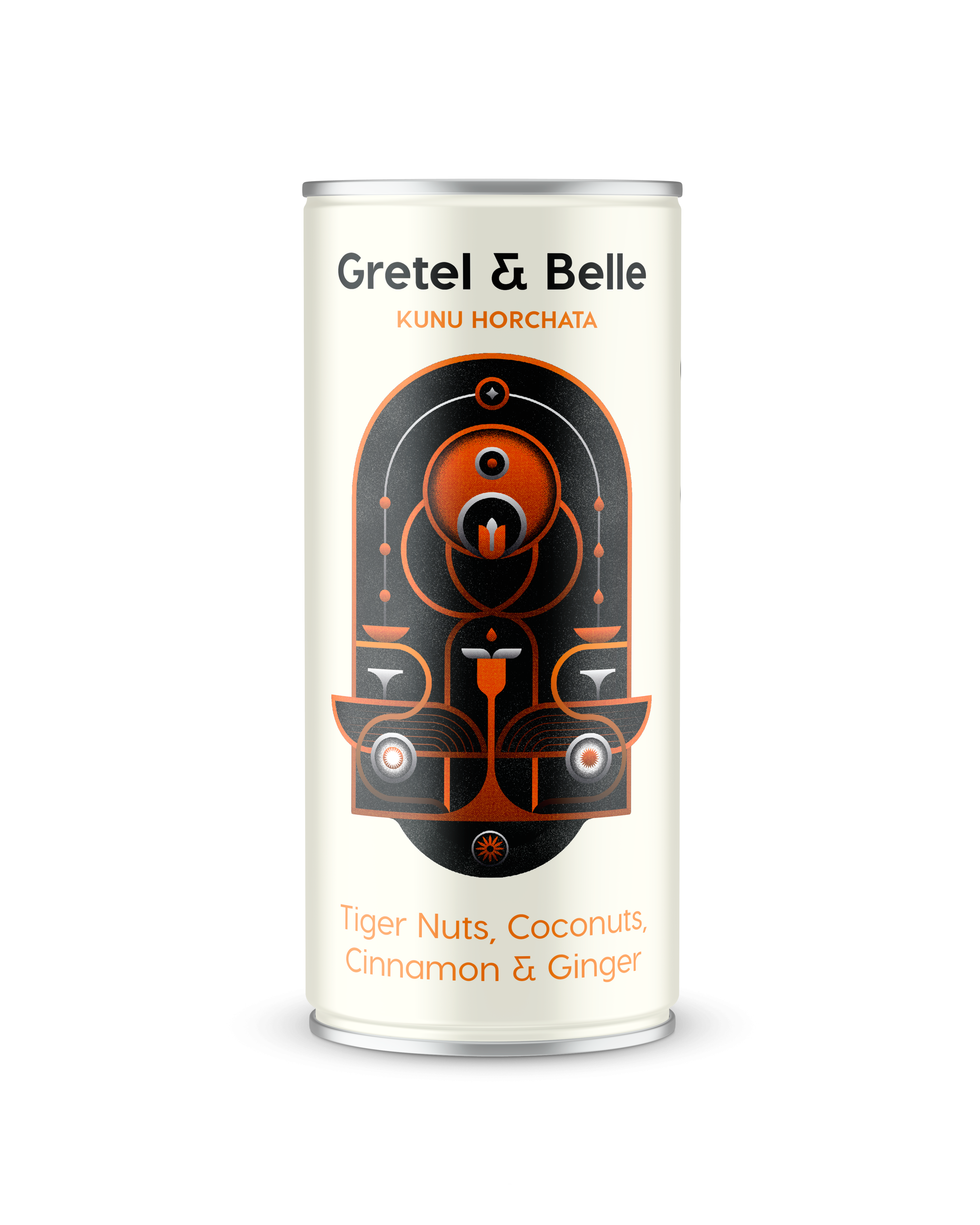
The Solar Cocoa
Following the same line of illustration made for Kunu Horchata, the Cocoa version highlights the concepts of fluidity, flavor, and smoothness (attributes of the horchata). The external structure resembles the shape of a cocoa seed and refers to a portal. In the center, the cocoa fruit, surrounded by branches that represent the tree, and from where the flavors and perfumes that make this ingredient so distinctive radiate. In the upper half, the stylized cocoa flower, with its ornamental branches. The luminous rays pay homage to the Ivory Coast, famous for its rich culture and its solar Bété people.
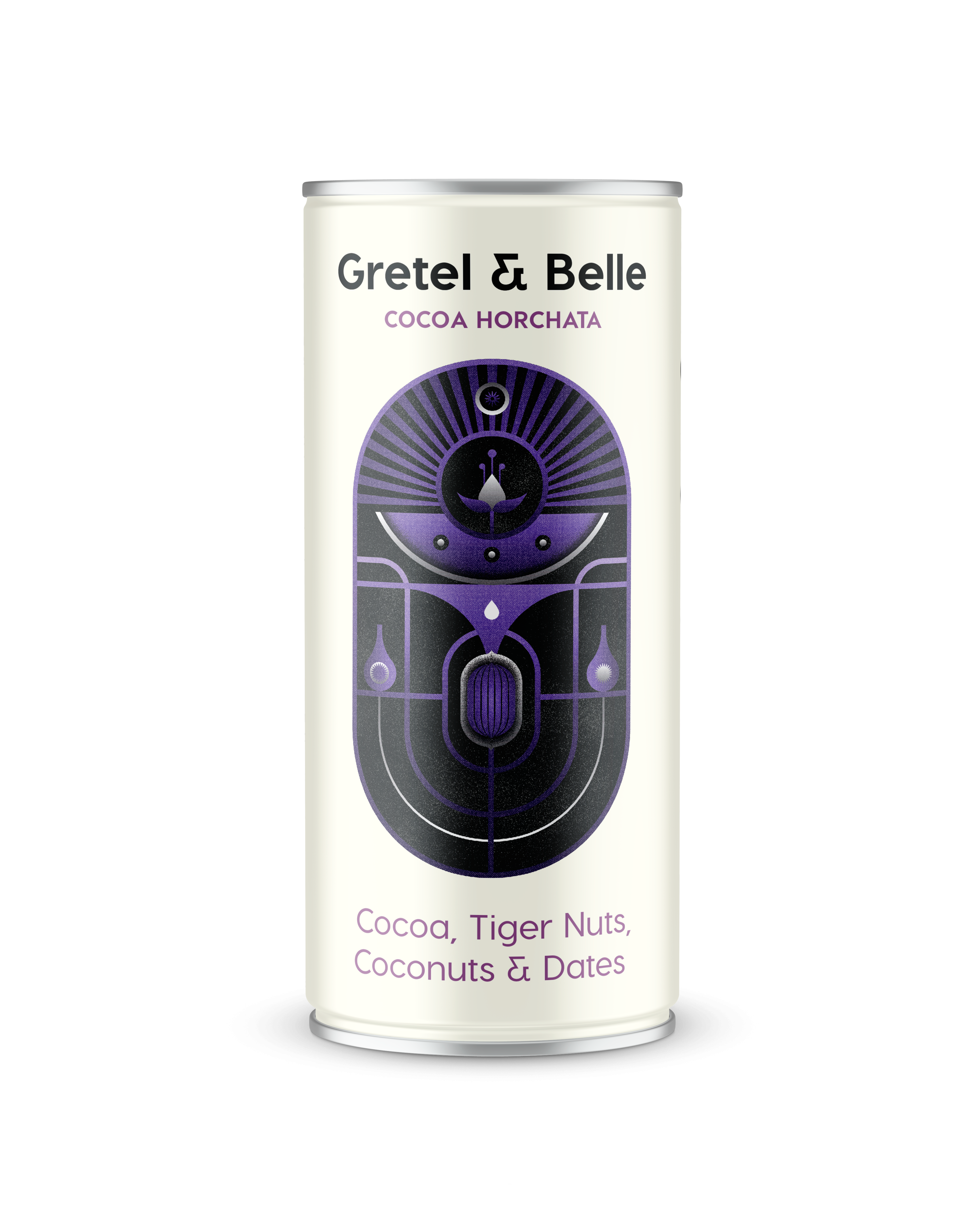
The Craftsmanship of Coffee
Ethiopia is not only known for being the birthplace of coffee. It is a true granary of humanity, from where a lot of knowledge spread to the world. Here, coffee and its artisanal process are honored, as well as the artifacts used in the preparation of the famous coffee ceremonies typical of the country. The lines that leave the base of the pestle, which is at the center of the illustration, represent cultural diffusion and the importance of time in the gestation of everything that is produced for eternity. Like tributary rivers, roots, or agricultural fields seen from above. The sun, in its formal variations, appears as an element of orientation for travelers as well as one of the central symbols of Ethiopian culture.
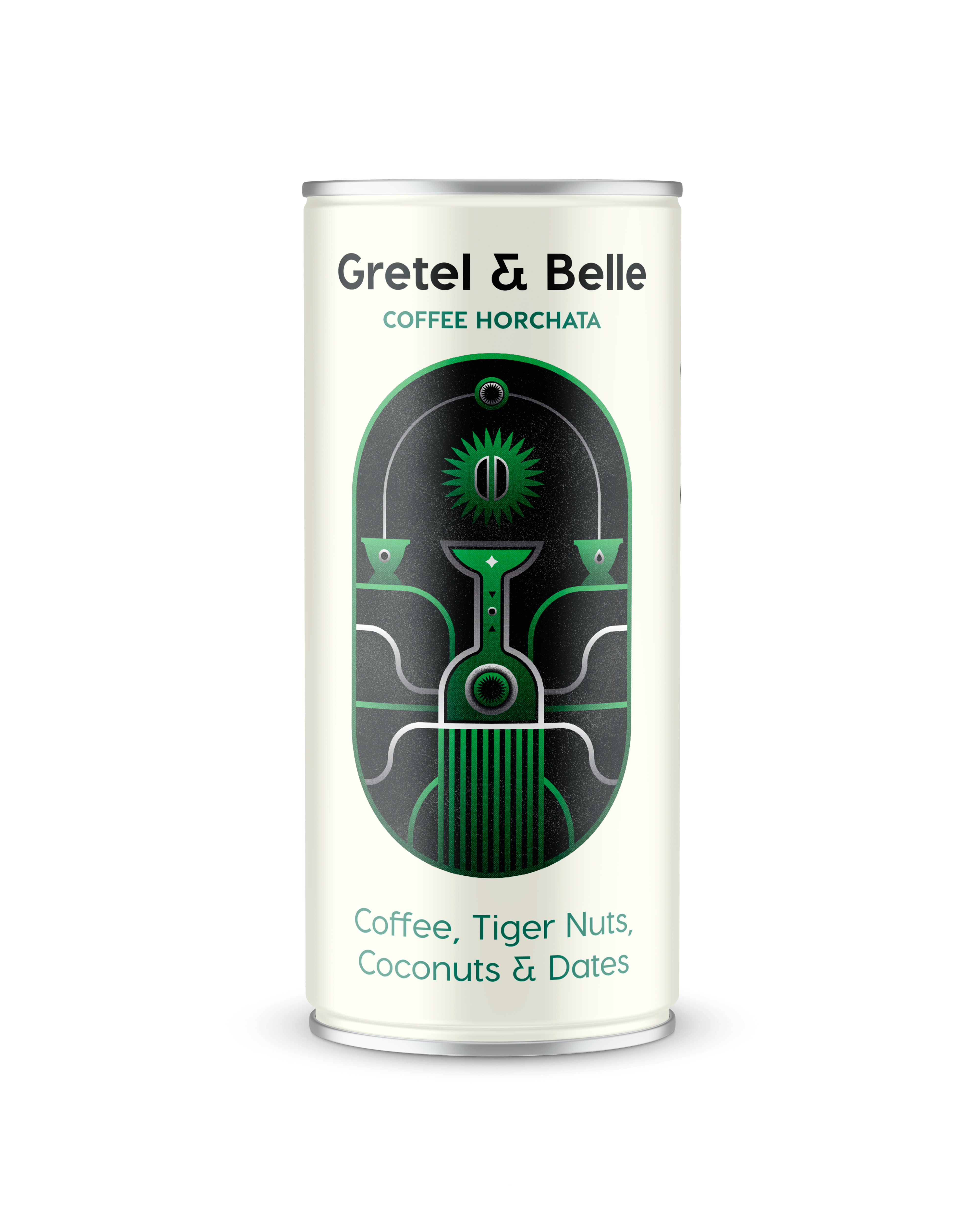
Creative direction: Fabio Issao
Illustration: Fabio Issao
Photography, Motion Graphics: Juancho Otaola
Year: 2022
© 2024 Fabio Issao. 山本功
